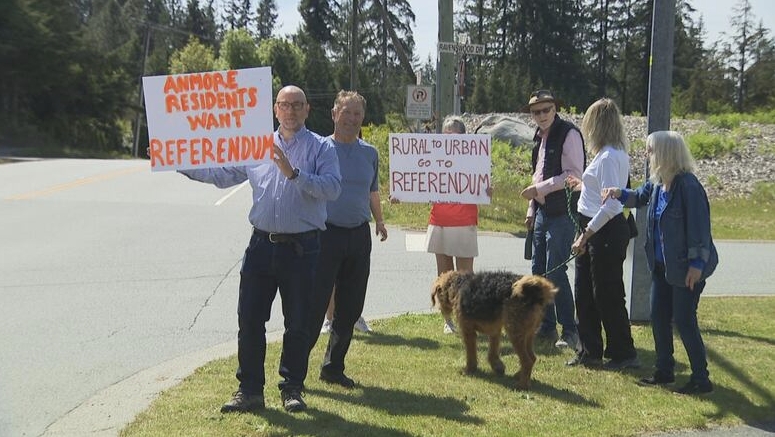Massive Housing Plan Could Triple Anmore’s Population — But Sparks Fierce Debate Over Village’s Future
Subhadarshi Tripathy
5/8/20252 min read


The small Metro Vancouver village of Anmore is facing a major crossroads as a proposal to develop a 151-acre site with 2,200 new homes threatens to redefine the community’s long-held rural identity. The plan — put forward by Icona Properties — would require amending Anmore’s Official Community Plan (OCP) and could potentially triple the population.
Since becoming its own municipality in 1987, Anmore has been committed to preserving its quiet, rural charm, setting itself apart from the rapidly growing Tri-Cities. But the proposed Anmore South development, which includes everything from single-family homes to six-storey apartment buildings, as well as commercial spaces and sports fields, has ignited deep division within the community.
“I moved here for the quiet and the space,” said Neil Lyons of the Anmore Residents Association, which opposes the project. “This kind of development would turn us into just another suburb.”
Icona CEO Greg Moore — a former mayor of Port Coquitlam — believes the region must adapt to growth. He argues the new amenities would give residents more reasons to stay local instead of commuting to neighbouring cities. But nearby Port Moody has raised concerns about increased traffic and strain on its infrastructure.
Anmore Mayor John McEwen supports the idea of diversifying the housing stock to make the community more accessible. “Right now, the median listing is $2.8 million,” he said. “Younger people who grew up here can’t afford to stay unless we make changes.”
While some residents are calling for a referendum before any change to the OCP, council has not taken that route — pointing out that referendums are typically reserved for major funding decisions, not land use. Instead, a council vote on the plan could take place as early as next month.
Councillor Kim Trowbridge acknowledged the split in public opinion but emphasized the need for long-term thinking. “It’s not rural anymore — it’s suburban,” he said, standing in his large home. “We need to ask what really makes sense for the future.”
As the debate continues, one thing is clear: everyone agrees Anmore is unique — but there’s no consensus on how, or whether, it should change.
News
Stay updated with the latest BC news stories, subscribe to our newsletter today.
SUBSCRIBE
© 2025 Innovatory Labs Inc.. All rights reserved.
LINKS
